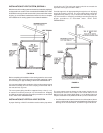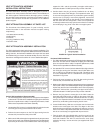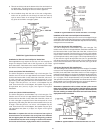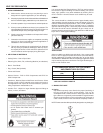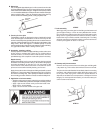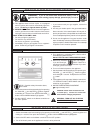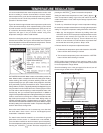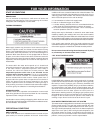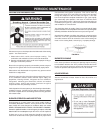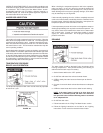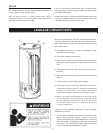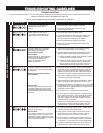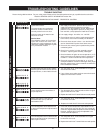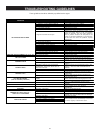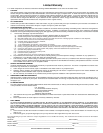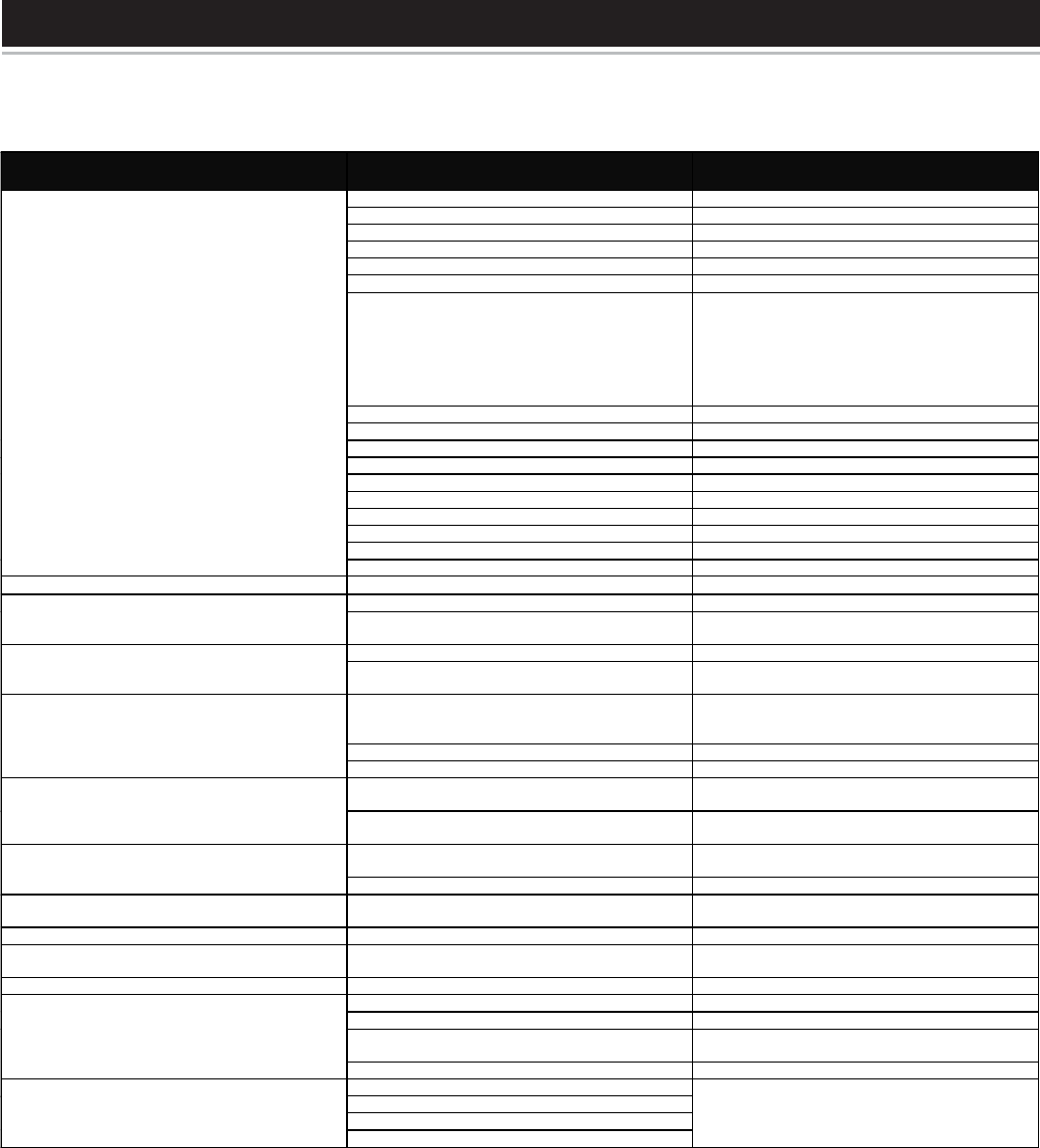
34
These guidelines should be utilized by a qualified service agent.
TROUBLESHOOTING GUIDELINESTROUBLESHOOTING GUIDELINES
PROBLEM
CAUSE SOLUTION
1.) Blower will not run.
a. “ON/OFF” control switch turned off. Turn switch to the “ON” position.
b. Blower unplugged. Plug blower back into 115 VAC outlet.
c. No power at outlet. Repair service to outlet.
d. Thermostat defective. Replace thermostat.
e. Control harness defective. Replace control harness.
f. High limit control circuit open.
Reduce the water temperature below 140°F.
Turn the power switch to the off position.
Wait 10 seconds. Turn the power switch to
the on position. Reduce the temperature set
point to minimize likelihood of reoccurrence.
If this does not solve the problem, replace
thermostat.
g. Blower motor defective. Replace blower assembly.
2.) Thermostat problems
a. Thermostat set too low. Adjust temperature control higher.
b. Thermostat or ECO defective. Replace thermostat.
3.) Others
a. Heater undersized. Reduce hot water use.
b. Low gas pressure. Contact dealer.
c. Incoming water is usually cold. Allow more time for heater to reheat.
d. Leaking hot water pipes of fixtures. Have plumber check and repair leaks.
NOT ENOUGH HOT WATER
e. Heater not lit or thermostat not on. Refer to LIGHTING INSTRUCTIONS.
VENT PIPE TOO HOT (ABOVE 170° F
[
77° C
]
)
Wrong burner orifice. Install correct orifice.
Dirt in burner ports. Turn off heater and gas, clean burner head.
YELLOW FLAME
Combustion air path restricted.
Check exhaust venting and air openings in
bottom base pan for obstructions or blockage.
Water on the floor under heater. See CONDENSATION section.
CONDENSATION
Water dripping from blower assembly.
Provide drip “TEE” to catch condensation, see
Figure 1.
Improperly sealed, hot or cold supply
connections, relief valve, drain valve or
thermostat threads.
Check for leaks at all condensate points. See
Figure 1. Also see LEAK CHECKPOINTS
section.
Leakage from other appliances or water lines. Inspect other appliances near water heater.
WATER LEAKS
Condensation of flue products. Refer to CONDENSATION section.
Thermal expansion in closed water system.
Install thermal expansion tank (Do not plug
T&P valve).
LEAKING T & P
Improperly sealed valve.
Check relief valve for proper operation (Do
not plug T&P valve).
High sulfate or mineral content in water
supply.
Drain and flush heater thoroughly then refill.
HOT WATER ODORS
(refer to cathodic protection)
Bacteria in water supply. Chlorinate water supply.
WATER TOO HOT
Thermostat set too high.
Refer to TEMPERATURE REGULATION
section.
WATER HEATER SOUNDS Condensation dripping on burner. Refer to CONDENSATION above.
SIZZLING - RUMBLING
Sediment at bottom of heater tank.
Clean sediment from tank. Refer to
DRAINING.
SOOTING Improper combustion. Refer to Air Requirements.
Outlet polarity is reversed. Test polarity and correct.
High ambient room temperature. Contact a service agency to determine cause.
Combustion air path restricted.
Check exhaust venting and air openings in
bottom base pan for obstructions or blockage.
BURNER WILL NOT STAY LIT –
GOES OUT 4-5 SECONDS
Defective gas valve. Replace gas valve.
Lack of air supply.
Improperly installed vent piping.
Downdraft
VENT GAS ODORS
Poor Combustion
Shut off water heater immediately and contact
a service agency to determine cause.



